LEDは、私たちの空間を照らす方法を完全に変えました。昔ながらの電球よりも明るく、消費電力も少なく、環境にも優しい。LEDの仕様には2835、3528、5050という用語がよく出てきますが、これは何を意味しているのでしょうか?
このブログ記事は詳細なガイドです。謎めいた数字と、それがどのようにあなたのニーズにぴったりのLEDソリューションを見つけるのに役立つかを説明しています。
なぜLEDの数字が重要なのか?
最初は、数字が混乱しているように見えるかもしれないが、ランダムでも無意味でもない。この数字は、LEDがどの程度機能し、どのような用途に使用できるかを示す重要なものだからだ。さらに、これらのLEDが使用しているSMD技術は、これらの数字に関係している。
SMDとは何の略か?
SMDとは、Surface-Mount Deviceの略。LEDには、プリント基板(PCB)に取り付けられた小さな電子部品があります。LEDの製造方法は、その明るさ、効率、信頼性に影響します。SMDは、LEDの最も重要な部分である半導体材料を保持する。これによって、LEDの性能と明るさが決まります。
LEDナンバリングの要点
LEDに付けられた数字の羅列に困惑しているのは、あなただけではない。これらの数字は、LEDチップの物理的な寸法を示しているのだ。その通り、数字はミリメートル単位で計測されたサイズ規格です。この重要な情報は、あなたの意思決定に大きく影響します。あなたのニーズに合ったLEDを選ぶのに役立ちます。
LEDチップサイズの役割
チップサイズは小さな問題ではなく、重要な性能指標です。大きなLEDチップはより多くの光を作ることができるので、非常に明るくする必要があるものには最適です。しかし、チップのサイズが大きいと、通常、動作により多くの電力を必要とするのが難点です。ライトを選ぶときは、自分が何をしたいのかを考えましょう。広い空間を明るくしたいのか、それとも居心地のいい、省エネの雰囲気を作りたいのか。
2835 LEDの開梱
について 2835 LED は、明るく効率的なLEDを求める人々に人気のあるオプションだ。これらの小型LEDは 寸法2.8×3.5mmよく働き、多くのエネルギーを必要としません。これらのLEDは、中程度の明るさを必要とする家庭や企業に最適です。よく働き、エネルギー効率に優れています。
2835 LEDのスペック
サイズは2.8×3.5mmで、20~34ルーメンの輝度を誇り、消費電力は通常0.2~0.5W。比較的小型のため、汎用性が高い。庭やキッチンのキャビネットの下など、屋内外で活躍します。
3528LEDのすべて
LED業界のパイオニア、3528 LED!その寸法は3.5×2.8mmで、2835 LEDに似ているかもしれないが、反転している。信頼性が高く、長期にわたってテストされているが、新しいモデルほど明るくはない。これらのオプションは、ムード照明やアクセント照明など、明るい光を必要としない用途に最適です。
3528 LED エッセンシャル
3528 LEDの寸法は3.5×2.8mm。輝度は2835より低く、7~8ルーメン。消費電力はわずか0.08Wと非常に低く、エネルギー効率の面で人気のある選択肢となっている。
5050LED現象
LED界の重鎮を紹介しよう。 5050 LED.これらのLEDは 5.0×5.0 mm 高輝度で汎用性に優れています。鮮やかなカラー表示と卓越した輝度を必要とする用途に最適です。しかし、小型のものに比べて高価な場合がある。
5050の特徴は?
5050 LEDを際立たせているのは、RGB機能を備えていることで、膨大な色の配列を可能にしている。その明るさは、1チップあたり22ルーメンまで可能で、かなりのものだ。しかし、多用途で明るいということは、お金とエネルギーの面で高くつく。
比較分析
さまざまなタイプのLEDを比較し、その違いを理解すれば、適切なLEDを選ぶのは簡単だ。
2835対3528:効率の戦い
2835と3528のLEDの衝突では 明るさでは2835がトップ.しかし 3528はエネルギー効率で明らかに勝者.ソーラー・ガーデン・ライトなど、より少ないエネルギー消費に重点を置いたプロジェクトなら、3528は良い選択かもしれない。
3528対5050タイタンの激突
について 5050 LEDを提供している。 フルRGB スペクトルが著しく より高い輝度 しかし、一般的には より高い.その 3528 LEDs are cost-effective for simpler lighting, especially when vibrant colors aren’t a priority.
2835 vs 5050: The Final Face-off
In the duel between 2835 and 5050 LEDs, the 2835 serves as the middle ground—offering reasonable brightness at a moderate cost. For stage lighting or architectural projects that need bright light and all colors, the 5050 LED is best.
Other LED Numbers You Should Know
Beyond the commonly discussed 2835, 3528, and 5050 LEDs, there are other variants like the 5730, 3014, 5630 and etc. Every model has different sizes and features, making your decision harder but giving you more choices for different uses.
Unique Characteristics of Lesser-Known LEDs
The 5730 LEDs are known for their high luminous efficacy, often exceeding 2835 LEDs. The 3014 LEDs are small and flexible, making them perfect for cramped spaces. Finally, the 5630 LEDs can offer brightness close to 5050 LEDs but often with better energy efficiency.
Energy Consumption and LED Types
It’s a common misconception that larger LED chips will always consume more energy. The reality is nuanced. Energy consumption is more about LED design, efficiency, and application than just the chip size.
LED Density vs Chip Size: Which Is Better?
If you have to choose between a high-density LED setup and large LED chips, remember that a high-density configuration uses more power. It comes down to application and necessity. For example, a bright LED might be better for stores because it uses more electricity. On the other hand, for ambient home lighting, a large-chip setup could provide sufficient brightness with less energy usage.
How to Pick the Right LED for Your Needs?
Selecting the ideal LED is not a one-size-fits-all process. When making your decision, consider factors like how bright you need it to be, how much energy it uses, and your budget.
LED Buying Checklist
Start by assessing your brightness needs. Will this LED serve as a main light source, or is it for aesthetic accents? Next, calculate the power consumption. Consider how long the LED will be on and how that translates into your electricity bill. Finally, set a budget. High-quality LEDs may perform better but usually cost more upfront. Make sure you’re getting the most value for your money.
よくある質問 (FAQ)
What Does SMD Stand For in LED Technology?
SMD stands for Surface-Mount Device. It’s a crucial term related to the components of an LED. Understanding SMD helps you grasp the LED’s efficiency, brightness, and performance capabilities.
Is it True That Bigger LEDs Always Use More Energy?
Contrary to popular belief, larger LED chips sometimes consume less power. Energy usage is more complex, influenced by the LED’s design, efficiency, and how it’s deployed.
What Do Four-Digit Numbers Like 2835 and 5050 Mean on LED Strips?
These numbers aren’t just arbitrary. They represent the dimensions of the LED chip in millimeters. For example, a 2835 LED would measure 2.8×3.5 mm. These dimensions can give you a quick insight into an LED’s performance and application.
Which SMD LED is Considered the Best?
There’s no one-size-fits-all answer here. The “best” SMD LED depends on what you need it for. 5730 LEDs are very bright and perfect for certain applications that require high brightness.
SMD LED vs. COB LED: Which One Takes the Cake?
Both have their merits. SMD LEDs offer versatility and are generally easier to work with for custom setups. COB LEDs, on the other hand, are known for their high-density light output. Your choice would depend on your specific lighting needs.
Which Shines Brighter: LED 3528 or 5050?
LED 5050 takes the lead in brightness, capable of offering up to 22 lumens per chip. LED 3528 typically offers 7-8 lumens, making it reliable but less bright than its 5050 counterpart.
What’s the Absolute Brightest LED Type Available?
While it may change as technology evolves, 5050 LEDs and some specific types like 5730 LEDs are among the brightest options available. They are well-suited for applications requiring high luminosity.
Are 2835 LEDs More Energy-Efficient Than Their Counterparts?
The 2835 LEDs generally offer a good balance between brightness and energy efficiency. However, other types, like 5630, may provide similar brightness levels but with better energy efficiency.
What Are the Common Uses for 5050 LEDs?
The 5050 LEDs are very flexible and frequently used in applications that need bright light and different colors. They are popular for stage lighting, commercial signs, and fancy home lighting setups.
How Do I Choose the Right LED for My Specific Needs?
Begin by assessing your luminosity requirements and calculating the projected power consumption. Finally, establish a budget that considers both upfront and long-term costs. The right LED will meet your needs without breaking the bank.
結論
Knowing LED numbers, such as 2835, 3528, and 5050, can help you choose the right lighting. With this knowledge, you’re now equipped to navigate the bright world of LEDs. Choose wisely.
Navigating the world of LEDs can be complex, but it doesn’t have to be. If you’re still looking for the perfect LED solution, check out Unitop. We are one of China’s top LEDストリップライト そして LEDネオンフレックス manufacturers. We have unrivaled expertise and innovation in the LED industry. Don’t hesitate to ご連絡 for any further questions or tailored lighting solutions. With Unitop, you’re choosing a brighter, smarter, and more efficient future.

トムは現在、セールスマネージャーとして ユニトップ(中国)有限公司.になっているそうです。 LED照明 2005年入社。セールス&マーケティング、工場管理の専門家である。ボディビルが好きで、熱狂的なアップルファンでもある!努力家で、新しいことを学び、試すのが大好きです。
電子メール tom@unitopledstrip.com WhatsAppです: +86-18680307140

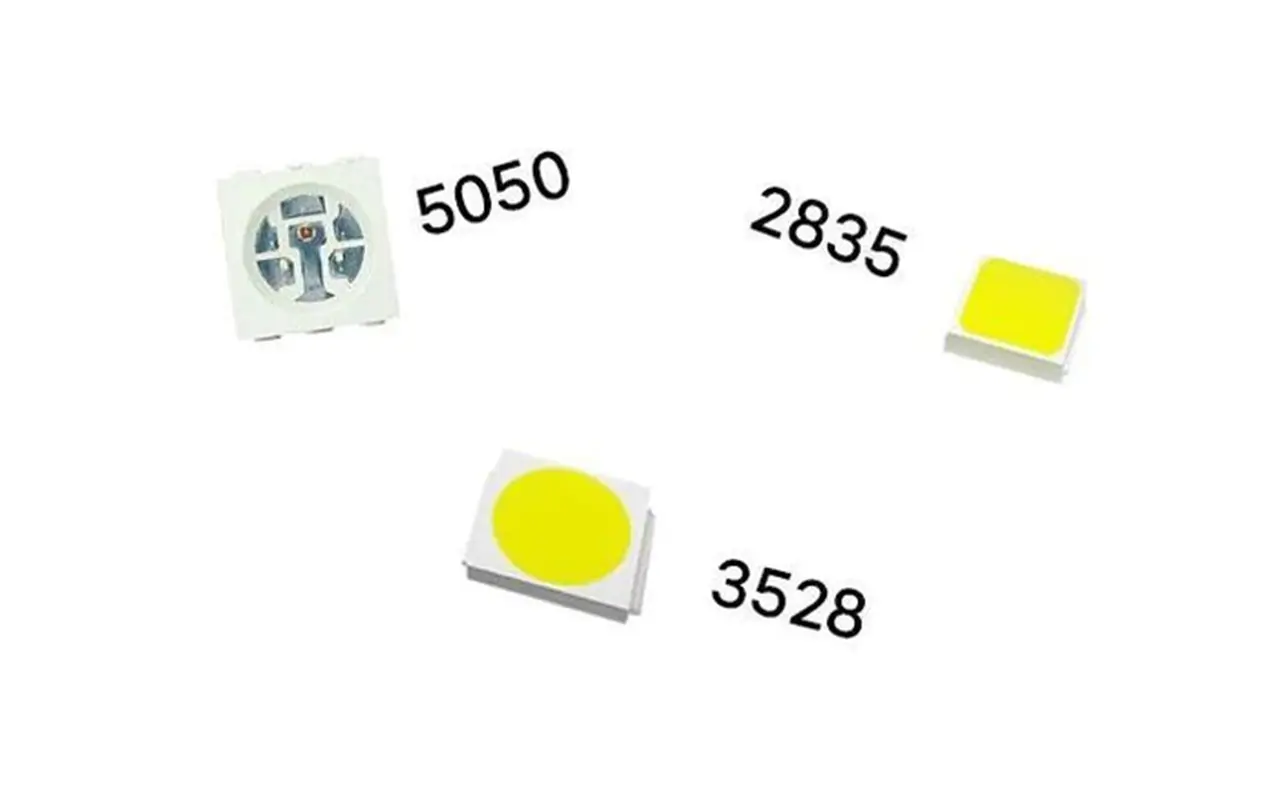

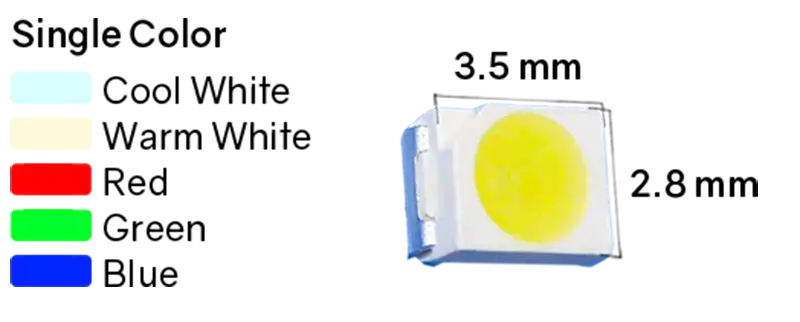
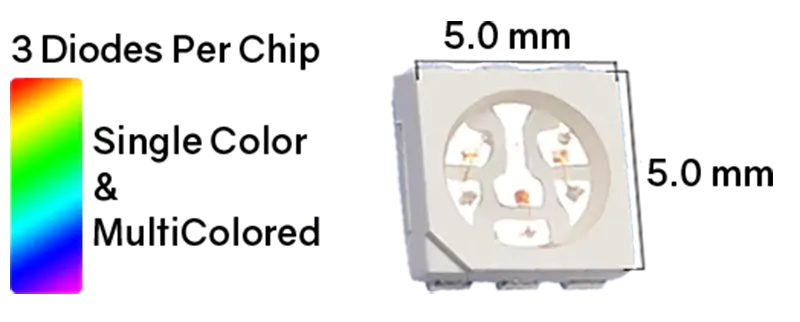
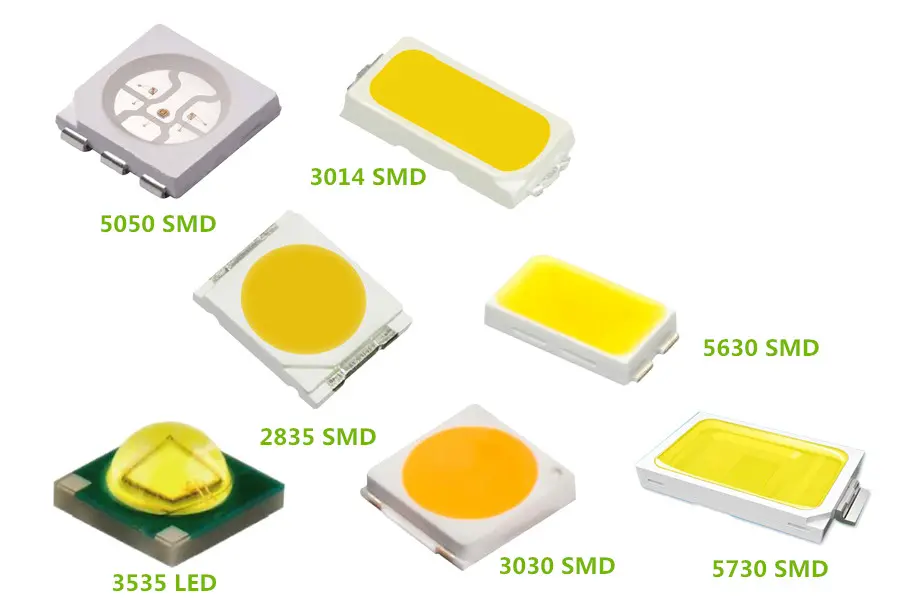

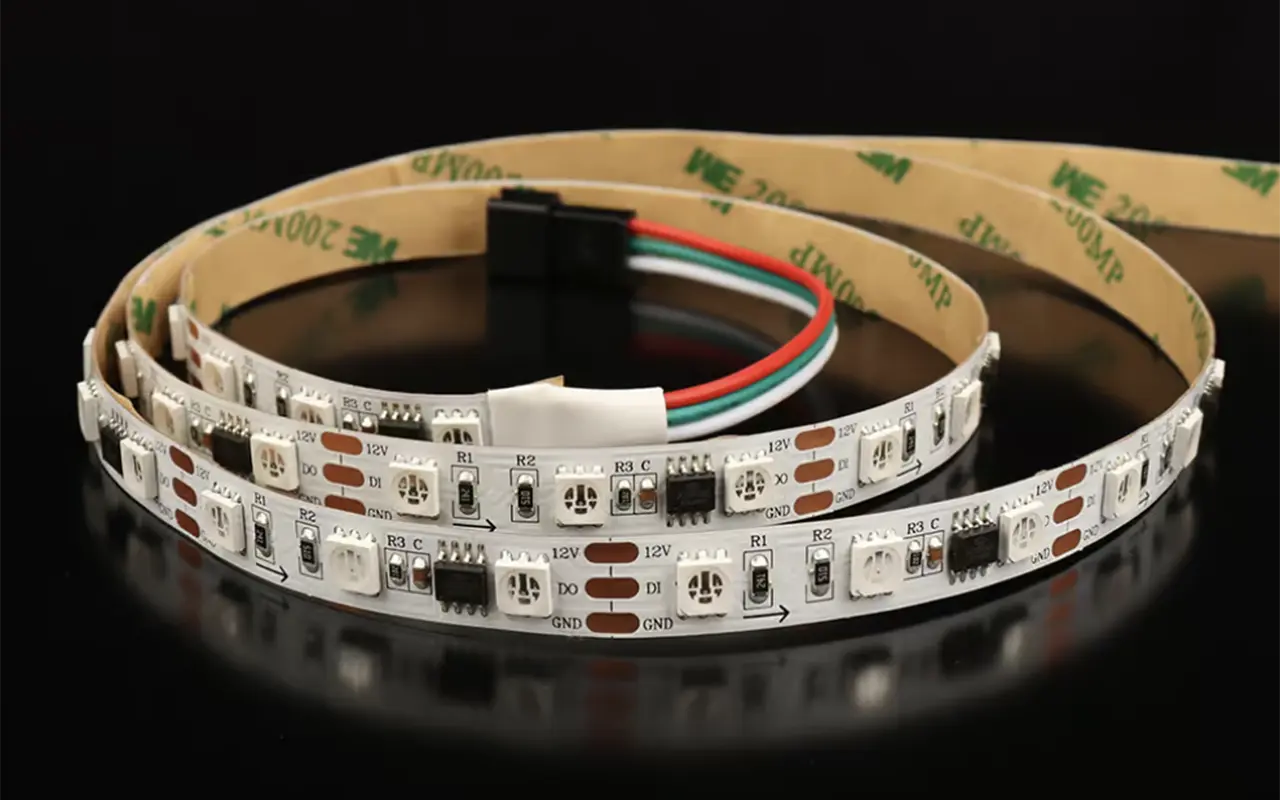
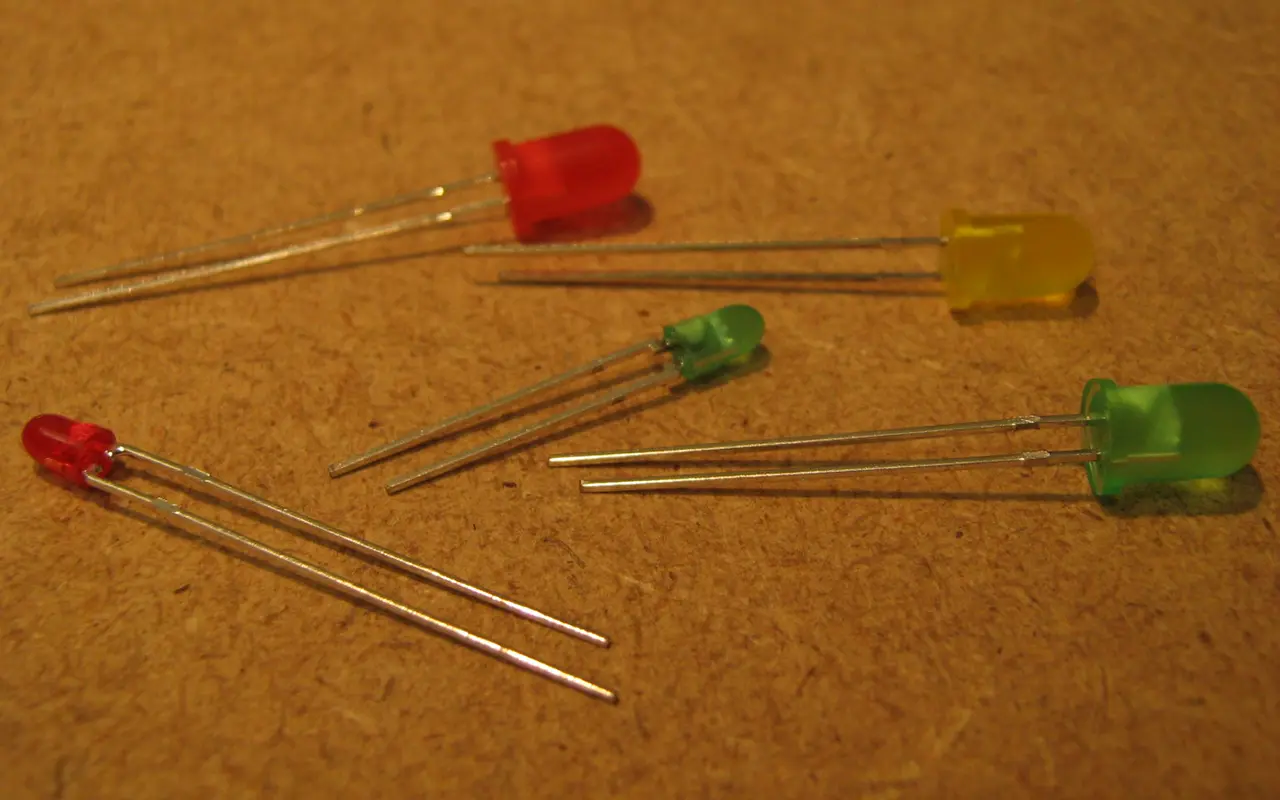
返信を残す
ディスカッションに参加したい方はこちらお気軽にご投稿ください!